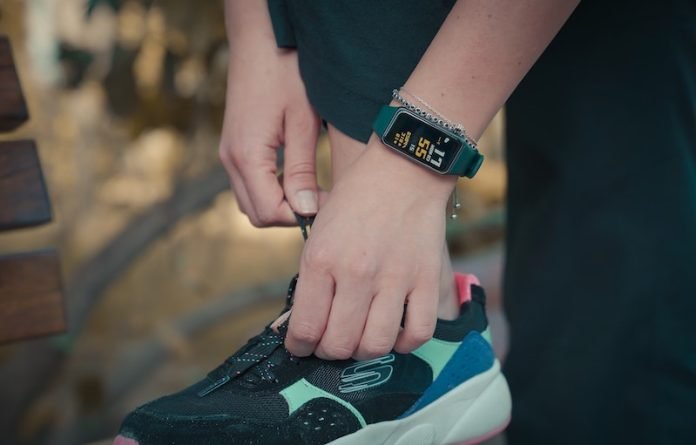
In a study from Johns Hopkins University, scientists found wearable movement-tracking devices may someday be useful in providing early warnings of cognitive decline among older adults.
The researchers analyzed data from ActiGraph activity monitors, which use an activity-tracking sensor similar to those found in Fitbits and Apple watches, worn by nearly 600 participants in a long-running community-based health study of older adults.
The team found big differences in movement patterns between participants with normal cognition and those with mild cognitive impairment or Alzheimer’s disease.
These differences included less activity during waking hours and more fragmented activity during afternoons among the mild cognitive impairment/Alzheimer’s participants.
The team says the recent introduction of wearable activity-tracking devices, which are now used by tens of millions of people around the world, has presented an important opportunity for health researchers to measure and track changes in physical movement.
The devices can provide automatic, objective measures of daytime physical activity, sleep patterns, heart rate, and blood oxygen levels—and they are typically Internet-connected, allowing their manufacturers to build datasets covering millions of users.
Researchers previously did not have such an easy way to access such health-relevant data at such a large scale.
Alzheimer’s disease, the most common form of dementia, is known to be a decades-long process, and researchers generally expect that future disease-modifying interventions will be more effective when started earlier in the disease course.
If scientists could identify a distinctive change in activity that predicts the slide into mild cognitive impairment, and eventually Alzheimer’s and other forms of dementia, then in principle older individuals who show this change in activity could be given further cognitive testing—and when available, earlier treatment.
In the study, the team focused on activity patterns during certain times of the day, and they found some differences.
In the mornings (6 a.m. to noon) and even more so in the afternoons (noon to 6 p.m.), the mild cognitive impairment/Alzheimer’s group had significantly lower measures of activity compared to the normal group.
The most striking finding was that activity “fragmentation”—a breaking up of activity into smaller time periods—was 3.4 percent higher for the mild cognitive impairment/Alzheimer’s participants during the afternoon period.
One of the main symptoms of Alzheimer’s dementia is the ‘sundowning’ phenomenon involving increased confusion and mood changes that start in the afternoon, and it might be that these activity markers are capturing some movement related to these symptoms.
The researchers plan additional studies that will follow participants over time, to see if measurable yet slight changes in everyday activity patterns help capture early symptomology of mild cognitive impairment and subsequent Alzheimer’s disease dementia.
If you care about dementia, please read studies about Vitamin B9 deficiency linked to higher dementia risk, and flavonoid-rich foods could help prevent dementia.
For more information about brain health, please see recent studies that cranberries could help boost memory, and these antioxidants could help reduce dementia risk.
The study was conducted by Amal Wanigatunga et al and published in the Journal of Alzheimer’s Disease.
Copyright © 2022 Knowridge Science Report. All rights reserved.



